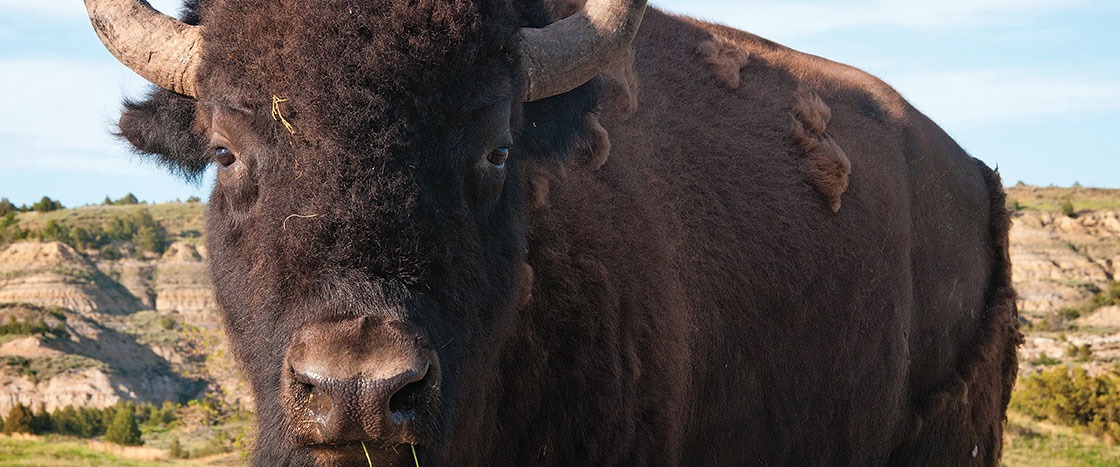Let’s take a trip through time to the early 1800s—to the Great Plains of the United States. Nestled between the jagged Rocky Mountains and the winding Mississippi River, this seemingly endless stretch of flat land is covered with grass so tall it tickles your nose. Watch your step—rattlesnakes slither through the soft dirt. Take care to avoid prairie dog holes too—you could trip and break your ankle.
Thousands of people live in this vast area, members of American Indian tribes including the Pawnee and the Lakota. Nevertheless, you could wander for days through the prairie and not see another person. And at this moment, you are alone. All is quiet except for the rustle of swaying grass.
But then . . . the ground shakes. A deep rumble reaches your ears, causing your heart to skip a beat. At first, all you see is a cloud of dust in the distance.
Tornado? No. It’s too low to the ground.
Tsunami? No. You are hundreds of miles from any ocean.
Train? No. Trains won’t arrive in this part of America for another 50 years.
The sound grows louder. And now you see it: an enormous herd of animals. There must be hundreds of these creatures, maybe thousands. They’re covered with shaggy fur, and each one is a behemoth—bigger than a horse.
Run!
You need to get out of the way before you’re trampled.
OK—you’re safely back in 2021. And you’ve just had the honor of observing one of the most important animals in the history of North America: the buffalo. More than 30 million of these majestic beasts once ruled the continent. Today, though, they are mostly gone.
How is that possible? How could 30 million giant animals vanish?

